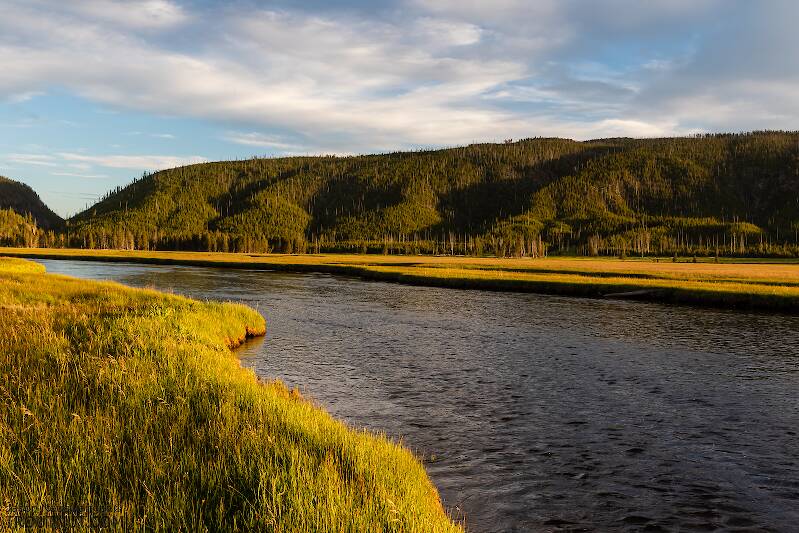
Blue-winged Olives
Baetis
Tiny Baetis mayflies are perhaps the most commonly encountered and imitated by anglers on all American trout streams due to their great abundance, widespread distribution, and trout-friendly emergence habits.


Mayfly Species Rhithrogena futilis (Western Gordon Quills)
Where & when
The best populations of Rhithrogena futilis are in the upper Northwest, but they are found elsewhere in the Rockies.In 4 records from GBIF, adults of this species have been collected during July (50%) and August (50%).
Species Range
Spinner behavior
Swisher and Richards mention in Selective Trout that the duns of this species are not important but the spinners can be.Physical description
Most physical descriptions on Troutnut are direct or slightly edited quotes from the original scientific sources describing or updating the species, although there may be errors in copying them to this website. Such descriptions aren't always definitive, because species often turn out to be more variable than the original describers observed. In some cases, only a single specimen was described! However, they are useful starting points.
Male Spinner
Wing length: 11.5 mm
Scarcely distinguishable except on genital characters from Rhithrogena doddsi (now a synonym of Rhithrogena hageni). As compared with the type series of this latter species, the present one is slightly larger in size and the general color is a deeper brown. The abdomen is very narrowly ringed with light ochreous in the interspaceal area and on dorsum this pale area shows a faint smoky transverse streak. Anterior to the base of forewing is a light ochreous patch tinged with ruddy-brown posteriorly and bisected by a blackish streak. The usual dark streaks are present on the femora. As compared with those of doddsi the male genitalia show narrower and slightly more divergent penis-lobes apically, the centro-ventral small spine is lacking and in its place we find a small dorsal spine in much the same position; the minute apical spines on outer edge of each lobe which are present in most of the species of the group are somewhat better developed than in doddsi, but not as strong as in Rhithrogena morrisoni.
Start a Discussion of Rhithrogena futilis
References
- Arbona, Fred Jr. 1989. Mayflies, the Angler, and the Trout. Nick Lyons Books.
- Jacobus, L. M., Wiersema, N.A., and Webb, J.M. 2014. Identification of Far Northern and Western North American Mayfly Larvae (Insecta: Ephemeroptera), North of Mexico; Version 2. Joint Aquatic Science meeting, Portland, OR. Unpublished workshop manual. 1-176.
- Knopp, Malcolm and Robert Cormier. 1997. Mayflies: An Angler's Study of Trout Water Ephemeroptera . The Lyons Press.
- McDunnough, J. 1934. New species of North American Ephemeroptera IV. Canadian Entomologist 66: 154-164.
- Swisher, Doug and Carl Richards. 2000. Selective Trout. The Lyons Press.
Mayfly Species Rhithrogena futilis (Western Gordon Quills)
Species Range
Common Names
Resources
- NatureServe
- Integrated Taxonomic Information System
- Global Biodiversity Information Facility
- Described by McDunnough (1934)

